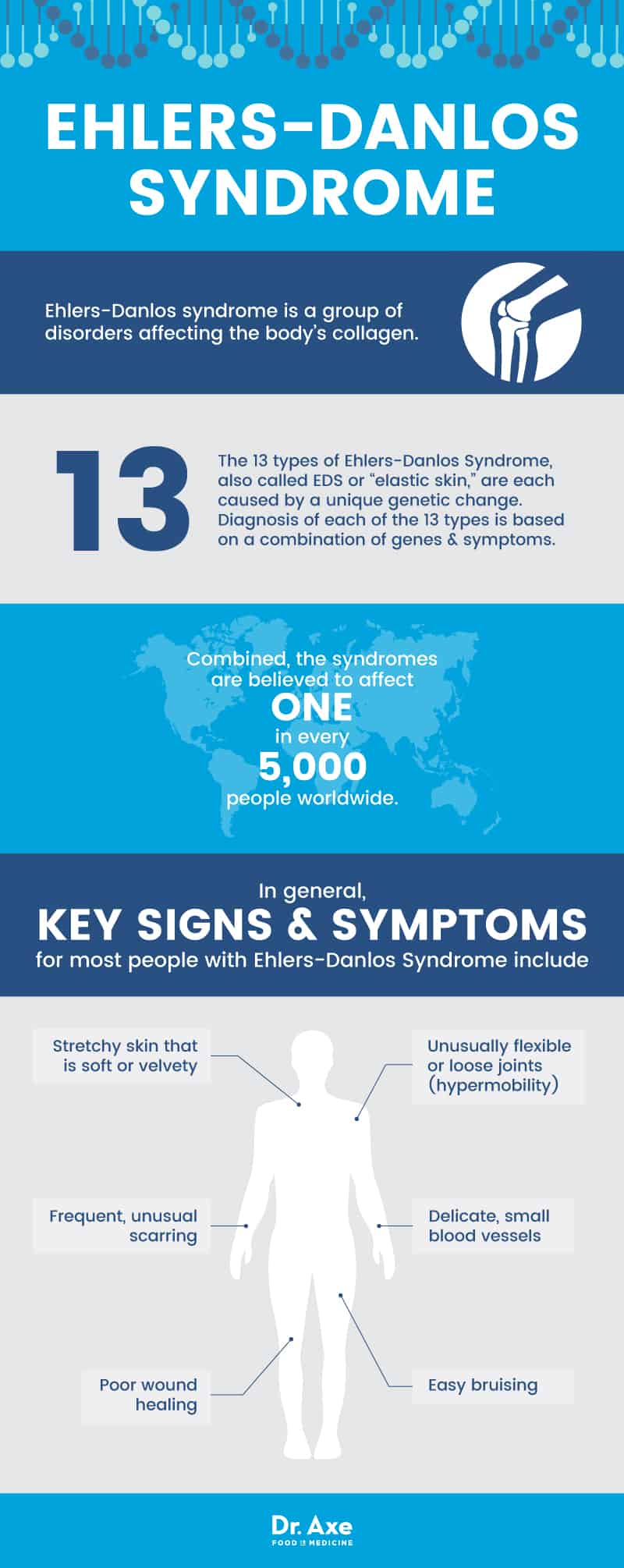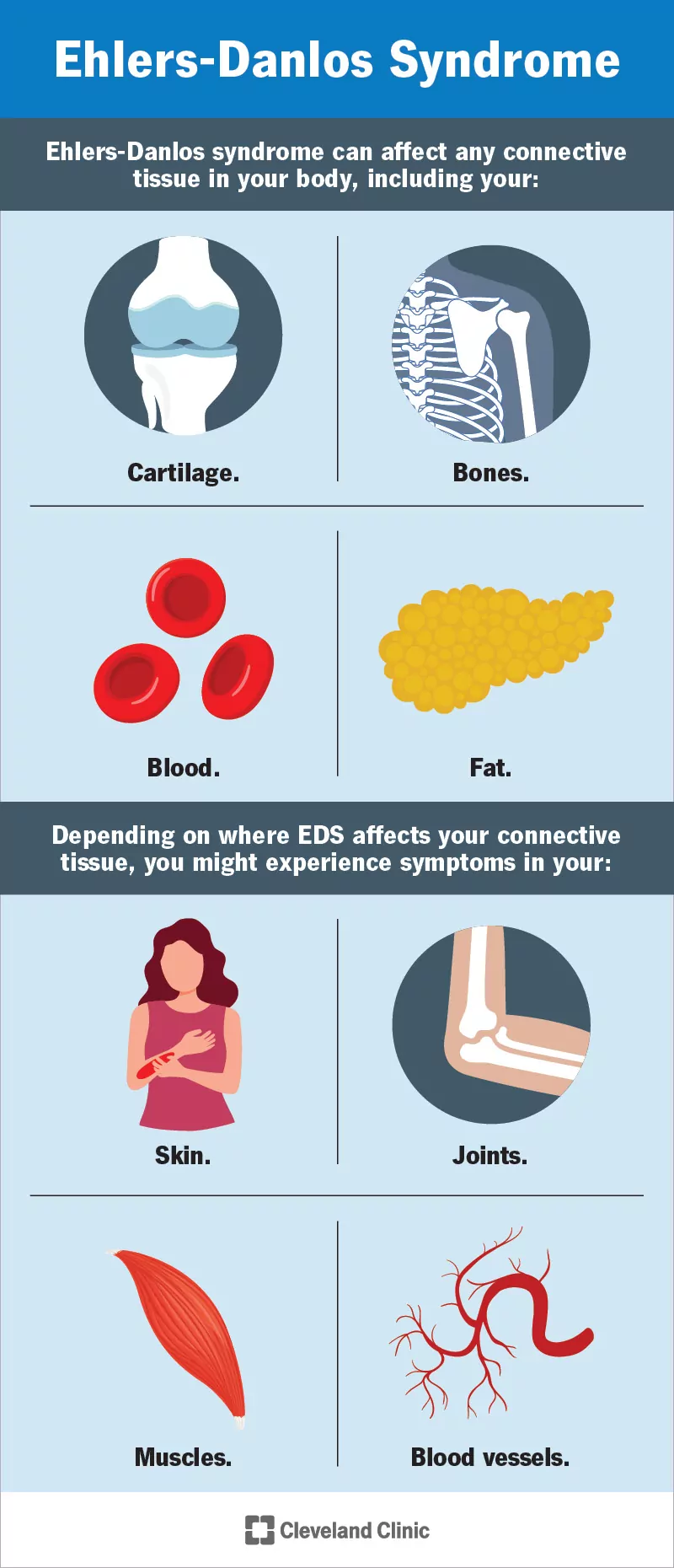Table of Contents
- Molecular diagnosis in vascular Ehlers-Danlos syndrome predicts pattern ...
- Ehlers Danlos Syndrome Vascular Type
- Ēlersa-Danlosa Sindroms: Simptomi, Cēloņi Un ārstēšana - LV SFOMC
- Ehlers-Danlos Syndrome + Natural Ways to Help Symptoms - Dr. Axe
- Ehlers Danlos Syndrome Classical Type Pictures | My XXX Hot Girl
- The role of cutaneous manifestations in the diagnosis of the Ehlers ...
- What Is Ehlers Danlos Syndrome
- Ēlersa-Danlosa Sindroms: Simptomi, Cēloņi Un ārstēšana - LV SFOMC
- Ehlers Danlos Syndrome Without Pain?
- Ehlers Danlos Syndrome Classical Type Pictures | My XXX Hot Girl



What is Ehlers-Danlos Syndrome?




Symptoms of Ehlers-Danlos Syndrome



Diagnosis and Treatment of Ehlers-Danlos Syndrome
Diagnosing EDS can be challenging, as the symptoms can be similar to those of other conditions. A diagnosis is typically made through a combination of: Physical examination: a thorough examination of the joints, skin, and other body parts Medical history: a review of the individual's medical history and family history Genetic testing: testing for genetic mutations associated with EDS Imaging studies: imaging tests, such as X-rays or MRI, to evaluate joint and tissue integrity Treatment for EDS typically focuses on managing symptoms and preventing complications. This may include: Physical therapy: exercises to improve joint stability and strength Pain management: medications or alternative therapies to manage chronic pain Wound care: specialized care to prevent and treat wounds Surgical interventions: surgery to repair or stabilize joints or tissues Ehlers-Danlos Syndrome is a complex and multifaceted condition that requires a comprehensive approach to diagnosis and treatment. The Ehlers Danlos Society is a valuable resource for individuals affected by EDS, providing support, education, and research opportunities. By understanding the causes, symptoms, and treatment options for EDS, individuals can better manage their condition and improve their quality of life. If you or a loved one is affected by EDS, we encourage you to reach out to The Ehlers Danlos Society for support and guidance.For more information, please visit The Ehlers Danlos Society website.
